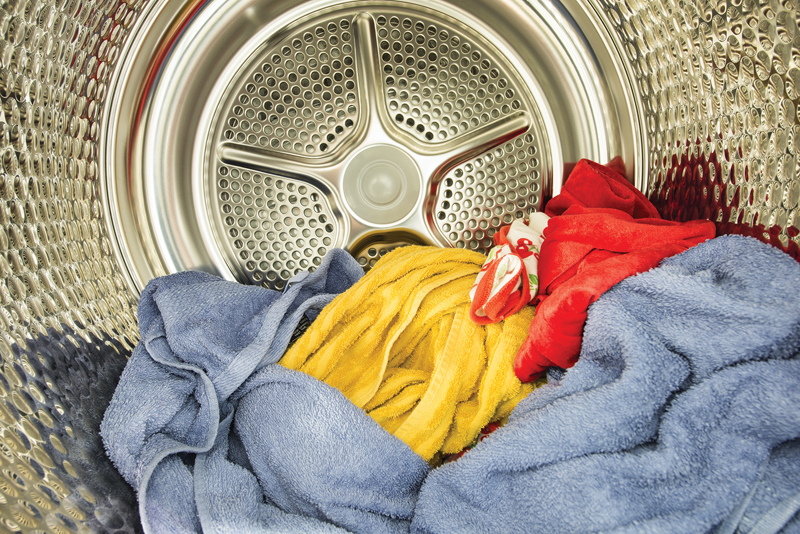I’m short on drying capacity at my store. During the weekends, I have customers waiting for the dryers. Should I add more 30-pound stack dryers, which are what I currently have? Or should I replace at least some of the 30-pounders with larger-capacity stack dryers? If needed, I have enough room to install additional dryers.
If you think you can successful charge more money for bigger dryers, I would replace some of your 30-pounders with larger units. This would help to compensate for the current shortage in drying capacity; plus, you would satisfy the customers who use your larger washers. However, if you don’t think your customers would accept a higher price for drying, perhaps simply add more 30-pound stack dryers to satisfy the demand.
In my experience, I’ve seen laundry owners install larger dryers and then be met with resistance to the higher vend price. You know your customers and your marketplace best, so only you can decide which choice is right for your particular business.
I want to increase the vend prices on my washing machines. What is the best method for making these changes?
The best way to increase your washer prices is to raise the pricing on one size of washer at a time. For example, increase the cost of your 50-pound machines only. Wait two or three months for your customers to adjust to this price hike, and then increase the vend price on your 30-pounders. Again, wait a few months, and then raise the price on your smaller washing machines, and so on.
With this strategy, you won’t be “shocking” your laundry customers with one massive, sweeping price increase across the board. In addition, you’re providing them with the option to use your less-expensive machines in the interim.
In addition, I would warn against advertising the fact that you’re raising your prices or making an excuse (“increased water rates”) as to why you are upping the cost of a wash. Most customers don’t need – or want – to be reminded that they are going to have to pay more. And most will simply accept the fact that everything eventually goes up in price.
I’m considering keeping my vended laundry open 24 hours to bring in some extra business. No other laundromats in my marketplace are open 24 hours. What do you think?
In most cases, I think this is a bad idea. In my experience, I’ve found that most 24-hour laundries lose money after 11:00 p.m. Also, I’ve discovered that most owners don’t take full accounting of their expenses after 11:00 p.m. – failing to consider costs such as labor, lighting, air conditioning, heating and so on.
Round-the-clock laundry businesses came into existence 30 to 40 years ago. This was back when the U.S. was loaded with manufacturing plants, and factories everywhere were running second and third work shifts. Unfortunately, that’s no longer the case in most areas. Of course, if your store is located in one of these rare markets that still has businesses employing three shifts of workers, it might make sense to stay open 24 hours. Otherwise, I would strongly advise against it.












